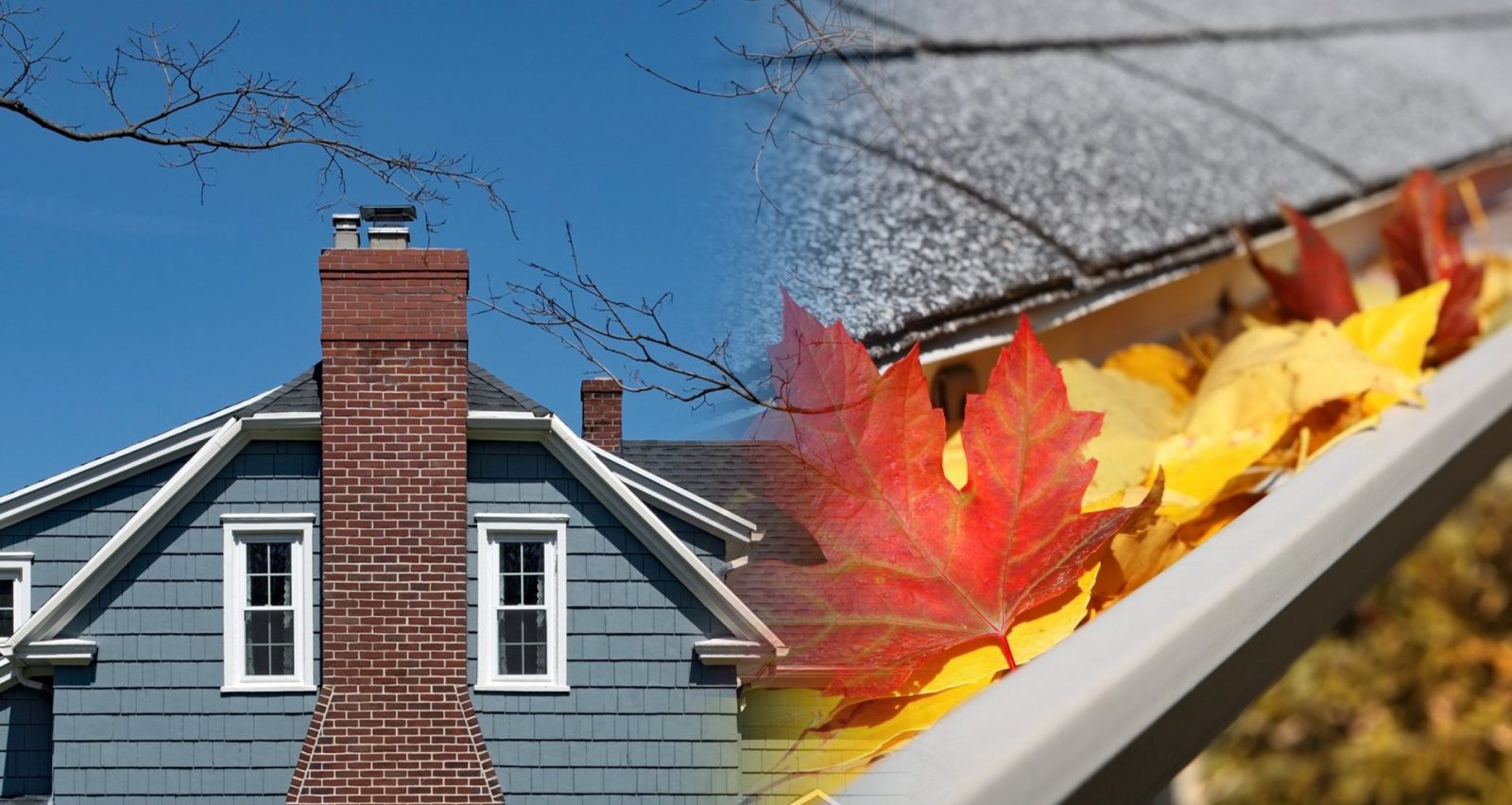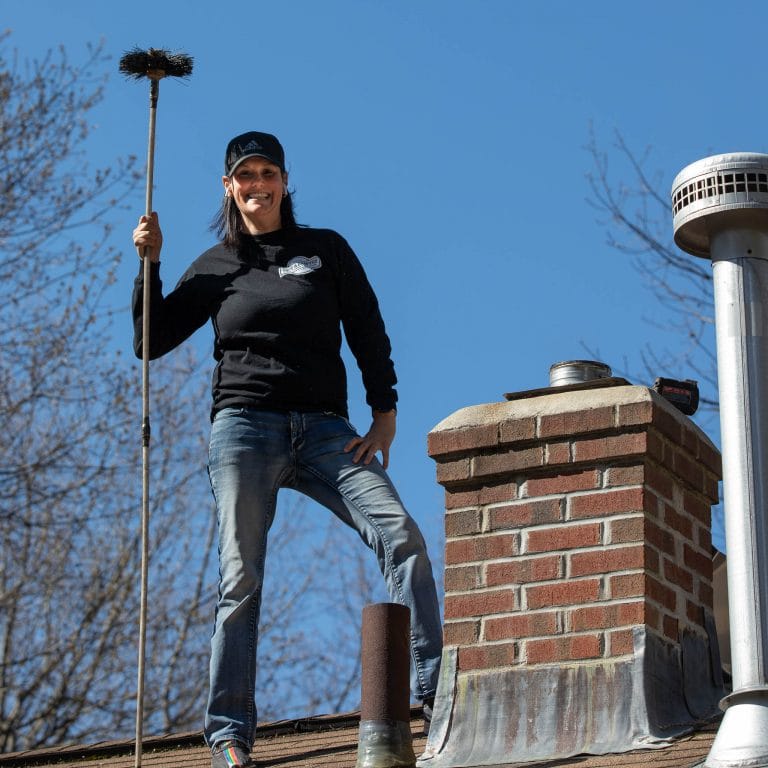Specialist Tips for Effective Chimney Maintenance You Required to Know
Smokeshafts function as critical parts in lots of homes, offering warmth and comfort. Nonetheless, ensuring their proper maintenance is typically forgotten up until issues occur. Recognizing the details of smokeshaft treatment can be the trick to preventing costly repairs and guarding your home and household. From the significance of regular inspections to secure operational methods, an extensive method to chimney upkeep is essential. Let's discover specialist tips that can assist you keep your smokeshaft in ideal condition for several years ahead.
Importance of Normal Evaluations
Normal inspections of smokeshafts are necessary for ensuring their safety and security and performance. Chimneys play an essential duty in venting out harmful gases and maintaining correct airflow in a home. Gradually, creosote buildup, particles, and architectural damage can happen within the chimney, presenting major threats such as chimney fires or carbon monoxide gas leakages.
During a smokeshaft inspection, educated specialists examine the condition of the chimney, seeking any signs of damages, blockages, or degeneration. They additionally inspect the honesty of the flue, smokeshaft lining, and chimney cap to make certain every little thing is in appropriate functioning order. By identifying and attending to problems early, prospective threats or costly repair work can be stayed clear of.
Routine evaluations not just aid in preserving the safety and security of the chimney however likewise add to its general efficiency. A clean and properly maintained chimney operates better, making certain proper air flow and lowering the threat of interior air pollution. Organizing yearly smokeshaft examinations is an aggressive action that home owners can take to secure their property and loved ones.
Cleansing Strategies and Frequency
Preserving the security and effectiveness of a chimney involves not just regular evaluations however likewise implementing suitable cleaning strategies and figuring out the ideal frequency for cleansing. Smokeshafts ought to be cleansed by a specialist chimney move at the very least once a year, even if they are not regularly made use of. If the smokeshaft is utilized routinely, specifically with wood-burning ranges or fireplaces, it might require even more frequent cleanings to prevent the accumulation of creosote, a very flammable compound that can lead to chimney fires.
House owners ought to never ever disregard smokeshaft cleansing, as it is important for keeping a practical and safe chimney system. Regular cleanings not just minimize the danger of chimney fires yet additionally improve the chimney's overall efficiency and durability.
Resolving Chimney Leaks

When addressing smokeshaft leakages, extensive examination and punctual fixings are essential to stop water damage and maintain the architectural stability of the chimney. Leaks in a chimney can result in severe concerns such as mold growth, degeneration of the smokeshaft framework, and even prospective fire risks. To successfully attend to smokeshaft leakages, start by evaluating the chimney cap, crown, blinking, and masonry for any type of indicators of damages or wear. Smokeshaft caps must be firmly in location to avoid water from getting in, while the crown and flashing should be intact and appropriately secured. Any kind of fractures or spaces in the stonework should be repaired without delay to avoid water infiltration. Additionally, take into consideration waterproofing the chimney to provide an added layer of security against dampness. Routine upkeep and assessments can assist resolve and detect chimney leakages early, saving you from expensive repairs and guaranteeing the safety and security and durability of your smokeshaft.
Comprehending Creosote Accumulation
To comprehend the possible risks of creosote accumulation in chimneys, it is necessary to recognize its formation procedure and effect on smokeshaft performance. When timber or fossil gas are burned, Creosote is a brownish or black tar-like material that builds up inside chimney systems. As smoke climbs via the smokeshaft, it cools down and condenses, resulting in the formation of creosote, which adheres to the smokeshaft walls.

Normal chimney assessments and cleansings by an expert chimney sweeper are critical in preventing creosote accumulation and making certain the secure procedure of your chimney system.
Safe Procedure Practices
Applying correct safety and security protocols is vital for the secure and efficient procedure of chimney systems. When using a fireplace or wood-burning oven, it is vital to adhere to specific safety practices to prevent potential risks. Firstly, always ensure that the chimney is skillfully inspected and cleaned consistently to eliminate any type of creosote build-up, which can bring about chimney fires. In addition, use a strong screen or glass door in front of the fireplace to stop coal or stimulates from getting away and causing a fire in your home. It is also crucial to never overload the fireplace with too much amounts of timber, as this can bring about overheating and prospective structural damage.
Moreover, make sure to just burn skilled timber in your fireplace, as damp or eco-friendly timber can create more creosote like this and cause harmful chimney obstructions. Never ever leave a fire ignored and constantly make certain the fire is totally snuffed out prior to going to bed or leaving the residence. By adhering to these safe procedure practices, you can appreciate a comfortable and warm fire while guaranteeing the security of your home and loved ones.
Conclusion
To conclude, keeping your chimney is crucial for guaranteeing its safety find here and security and effectiveness. Regular assessments, correct cleansing techniques, resolving leakages, managing creosote build-up, and adhering to safe procedure techniques are vital elements of chimney upkeep. By staying on top of these tasks, you can protect against potential risks and prolong the lifespan of your chimney. It is very important to prioritize chimney upkeep to keep your home warm and risk-free throughout the chillier months.
Over time, creosote accumulation, particles, and architectural damage can take place within the smokeshaft, positioning major dangers such as smokeshaft fires or carbon monoxide leaks.
If the smokeshaft is made use of frequently, specifically with wood-burning ranges or fireplaces, it may call for more constant cleanings to avoid the accumulation of creosote, a highly flammable material that can lead to smokeshaft fires. (Chimney Maintenance San Jose)
To comprehend the potential dangers of creosote build-up in smokeshafts, it is necessary to identify its formation procedure and impact on chimney performance. As smoke rises through the chimney, it cools down and condenses, leading to the formation of creosote, which adheres to the chimney wall surfaces.
Constantly make sure that the smokeshaft is expertly checked and cleaned up regularly to get rid of any type of creosote buildup, which can lead to chimney fires.